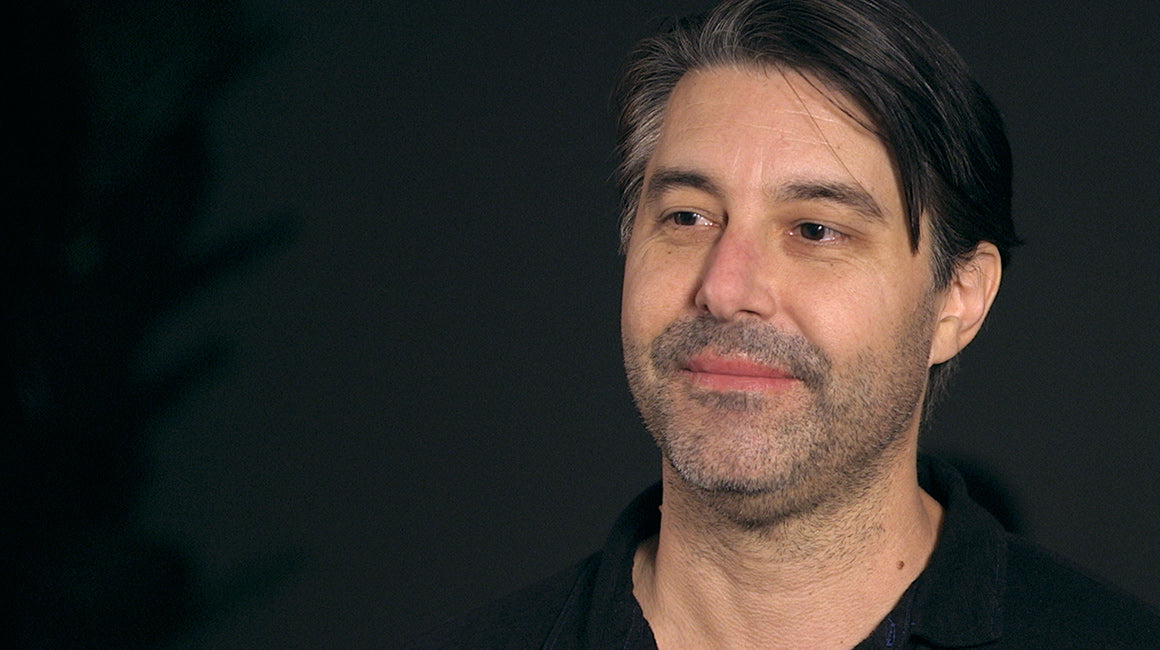Earth Oliver – Advanced Texture Cleanup
Earth Oliver teaches a revolutionary retouching method
You have been retouching the wrong way this whole time.While this is a bold statement, Earth Oliver backs it up by showing you a revolutionary process to retouch any surface. Earth is a cutting edge retoucher who has spent his career fixing every type of image imaginable. In developing Frequency Separation 2.0, Earth has expanded the workflow by incorporating other tools, layers, and ideas that can be added to the frequency stack. In the old method of using frequency separation, we were limited to only the areas that were inside any hard edge. This retouching was pretty much unuseable in product photography and only useable to retouch skin. With the advanced method of Frequency Separation 2.0, you will learn new retouching worklow processes for:
Earth has found an unbreakable method to fix every pixel-based problem while saving time and increasing profitability. This will forever change the way you work. |
Lesson Overview
- 01. Understanding Frequency Separation

Introduction (2:05)Welcome to Advanced Texture Cleanup with high end retoucher, Earth Oliver. In this training series, the goal will be to remove any and all negative association around Frequency Separation. This is Frequency Separation 2.0. Learn to retouch skin, cloth, hard surface objects – virtually any element within your images, with ease. Remove the pain and restore the fun of retouching into your workflow. Learn a step by step process that will provide you with consistent, reliable, and high quality results every, single, time. If you want to be an advanced retouching artist, you have to do the work. Move through this course and you will achieve new experience and knowledge to approach any project with confidence.
Gaussian Based Separation (13:27)Follow high end retoucher, Earth Oliver, as he defines and dissects the traditional methods and workflow for Frequency Separation. Understand the pitfalls and image degradation that can occur when using the traditional retouching method and why it is happening. Begin to develop an alternate process for approaching beauty and skin retouching, evaluating fresh methods in the workflow. Examine the Gaussian technique from the traditional model against the significant advantages of a median based workflow. Using Photoshop, examine Frequency Separation – layer by layer.
Median Based Separation (16:45)Leverage the power of Photoshop’s Median filter with a combination of smart objects and filters, to eliminate unwanted edge blurring and haloes. Learn to create an advanced retouch toolkit that responds well to Photoshop’s tool set. Learn to evaluate a median based workflow, applying the right amount of filtering for optimal results for the retouching process across the low and high frequency separation of your image.
Gaussian vs Median (8:47)Using a portrait image with skin as the primary target, compare the Gaussian vs. Median based methods of Frequency Separation. Examine gradients across skin, edges, hair fly-aways, and eyelashes. Examine through practical steps the degradation and digital artifacts that result from Gaussian Filtering. See how the traditional method doubles the amount of retouching time and hear why high end retoucher, Earth Oliver, ultimately converted his process to a new workflow.
- 02. Skin Retouching
- 03. Fabric Retouching
- 04. Product Retouching
- 05. Car Retouching
- 06. Architectural Retouching
You’re doing it wrong
Earth Oliver will show you a revolutionary use of frequency separation for texture clean up that will forever change the way you retouch images.

MEET YOUR INSTRUCTOR
Let our industry pro share their proven techniques and valuable insights to help you improve your craft.


Earth Oliver
Earth Oliver is a renowned retoucher who continues paving the way retouching is approached. Earth has worked hand-in-hand with the Photoshop development team at Adobe to discover new ways to edit images, move light, and handle texture. During this time, he created the clarity slider that controls midtone contrast in images.





